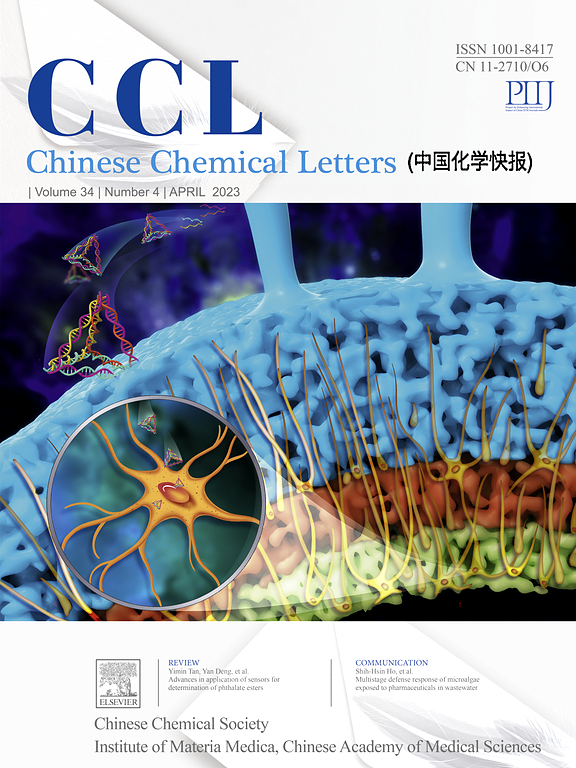A rechargeable and portable hydrogen storage system grounded on soda water
IF 9.4
1区 化学
Q1 CHEMISTRY, MULTIDISCIPLINARY
引用次数: 0
Abstract
The bicarbonate-formate (HCO3− – HCO2−) interconversion provides a promising cycle for a conveniently accessible hydrogen storage system via reversible dehydrogenation and hydrogenation processes. Existing catalytic systems often use organic solvents, tedious optimization as well as manipulation of pH values, solvent, pressure and various additives. Herein, we present an operational, robust, safe and cost-effective catalytic system for hydrogen storage and liberation. We have established a unique catalytic system with two different solid organometallic assemblies (NHC-Ru and NHC-Ir) that facilitate the reversible transformation between sodium formate and bicarbonate in aqueous solutions collaboratively and efficiently. Notably, the NHC-Ru catalyst is privileged for the hydrogenation of sodium bicarbonate, whereas the NHC-Ir component enables the dehydrogenation of sodium formate, all in a single reaction vessel. What sets this system apart is its simplicity. The H2 discharging and recharging is simply regulated by heating the mixture with or without H2. Remarkably, this process requires no extra additives or supplementary treatments. Moreover, the reversible hydrogen storage system is durable and can be reused for over 30 cycles without a discernible decline in activity and selectivity. The strategic paradigm in this study shows significant practical potential in hydrogen fuel cell applications.

一种以苏打水为基础的可充电便携式储氢系统
碳酸氢盐-甲酸盐(HCO3−- HCO2−)的相互转化通过可逆脱氢和加氢过程为方便的储氢系统提供了一个有前途的循环。现有的催化系统通常使用有机溶剂,繁琐的优化以及操纵pH值,溶剂,压力和各种添加剂。在此,我们提出了一种可操作,稳健,安全且具有成本效益的氢储存和释放催化系统。我们建立了一个独特的催化体系,由两种不同的固体有机金属组合(NHC-Ru和NHC-Ir),促进水溶液中甲酸钠和碳酸氢盐之间的可逆转化协同有效。值得注意的是,NHC-Ru催化剂有利于碳酸氢钠的氢化,而NHC-Ir组分则有利于甲酸钠的脱氢,所有这些都在一个反应容器中进行。使这个系统与众不同的是它的简单性。H2的放电和再充可以简单地通过加热有或没有H2的混合物来调节。值得注意的是,这个过程不需要额外的添加剂或补充处理。此外,可逆储氢系统是耐用的,可以重复使用超过30个循环,没有明显的活性和选择性下降。本研究的战略范式在氢燃料电池应用中显示出巨大的实际潜力。
本文章由计算机程序翻译,如有差异,请以英文原文为准。
求助全文
约1分钟内获得全文
求助全文
来源期刊

Chinese Chemical Letters
化学-化学综合
CiteScore
14.10
自引率
15.40%
发文量
8969
审稿时长
1.6 months
期刊介绍:
Chinese Chemical Letters (CCL) (ISSN 1001-8417) was founded in July 1990. The journal publishes preliminary accounts in the whole field of chemistry, including inorganic chemistry, organic chemistry, analytical chemistry, physical chemistry, polymer chemistry, applied chemistry, etc.Chinese Chemical Letters does not accept articles previously published or scheduled to be published. To verify originality, your article may be checked by the originality detection service CrossCheck.
 求助内容:
求助内容: 应助结果提醒方式:
应助结果提醒方式:


